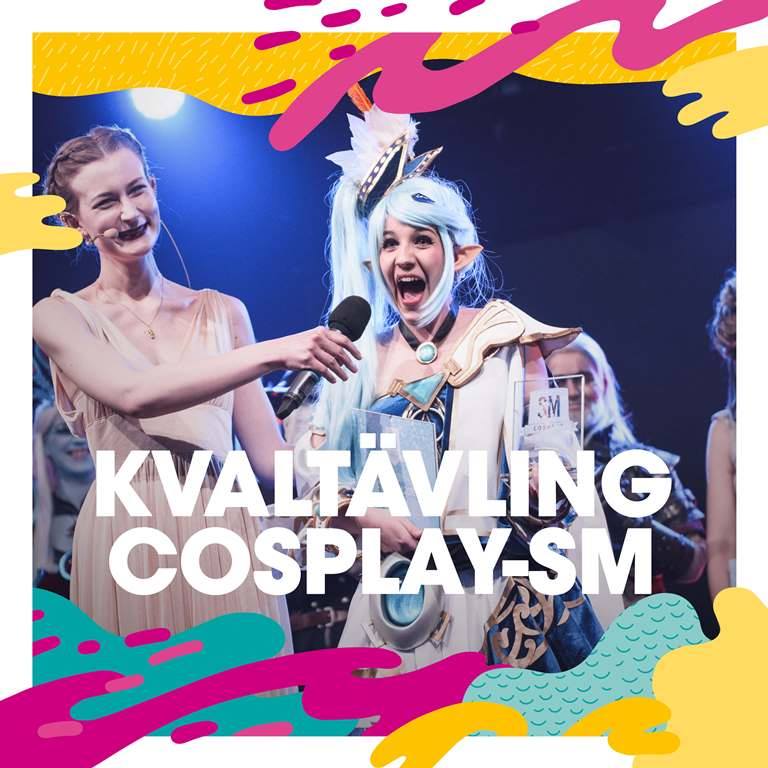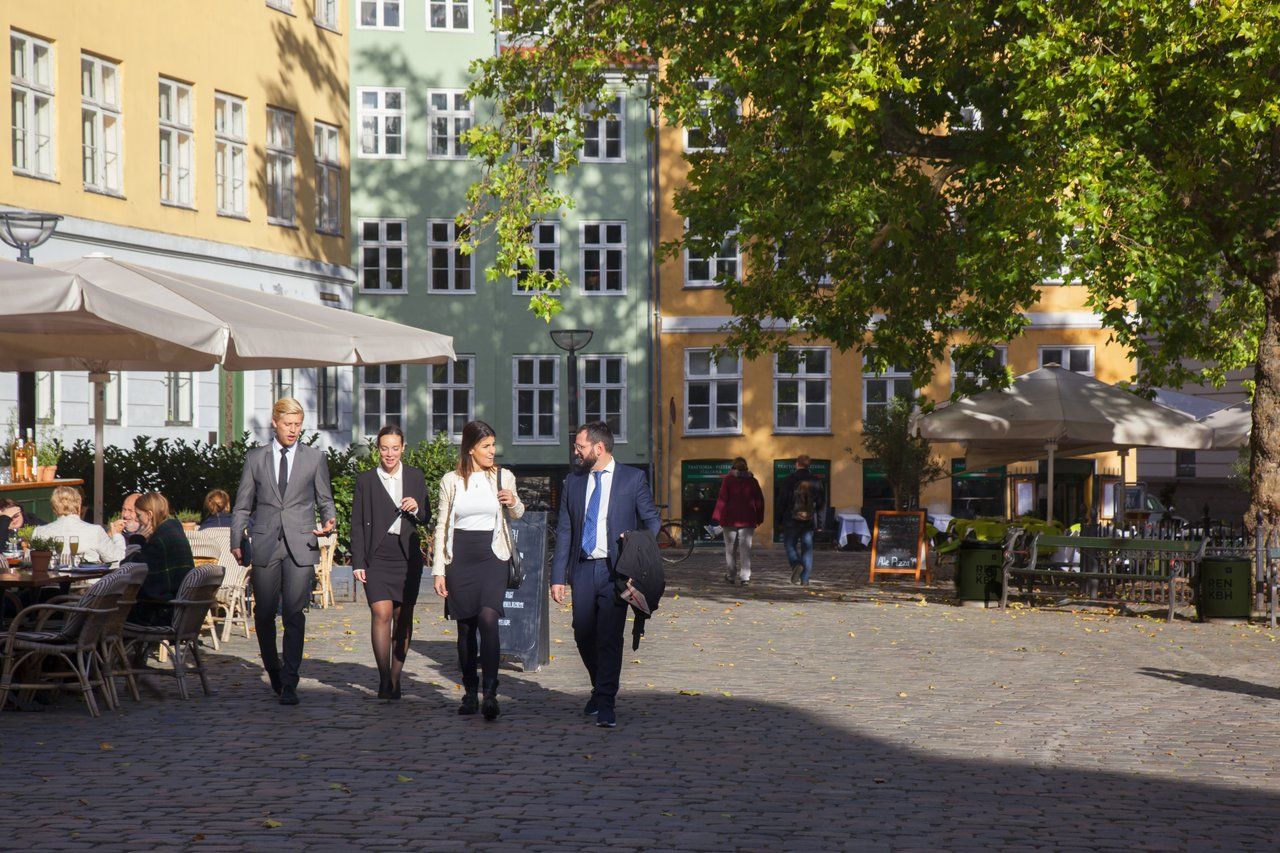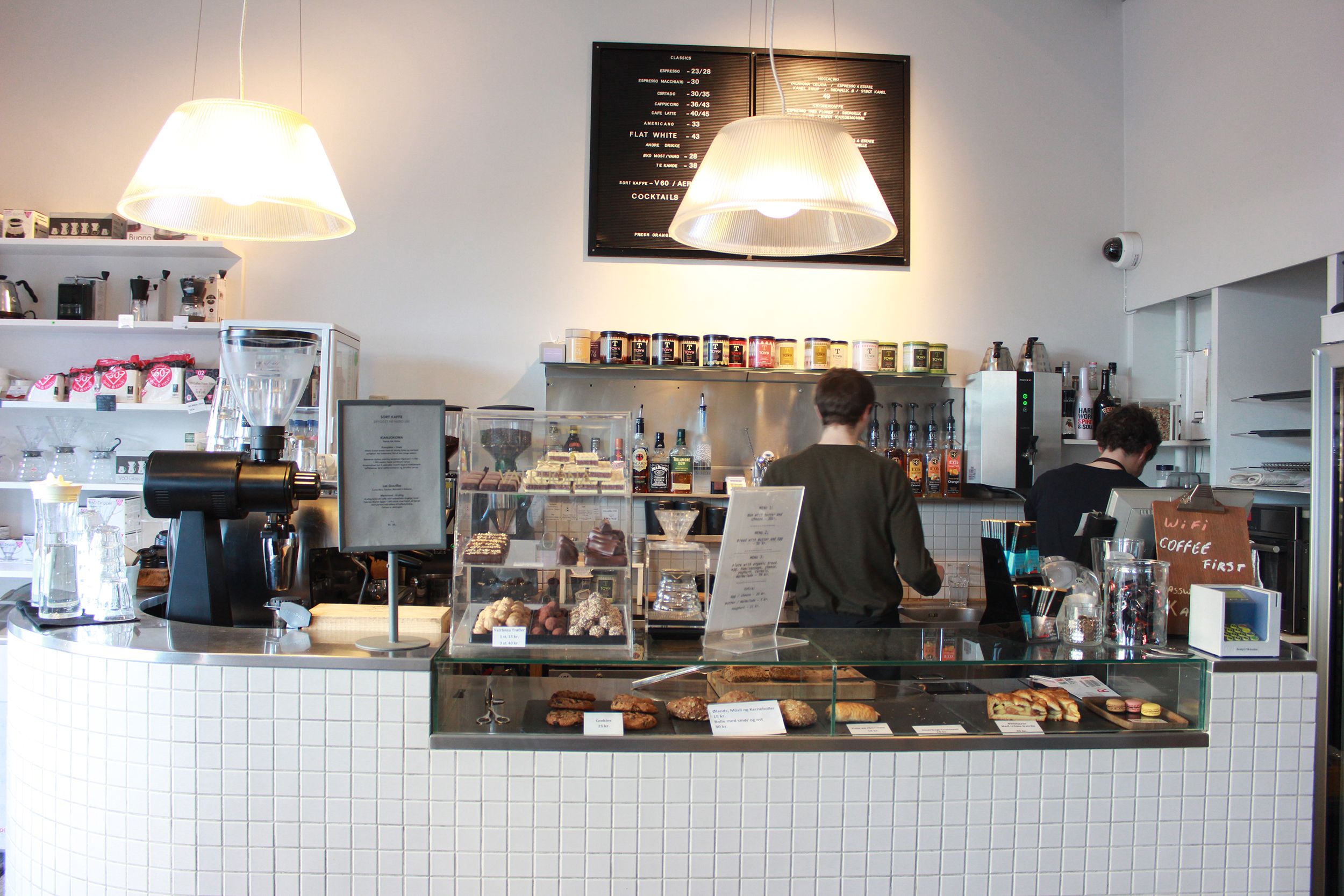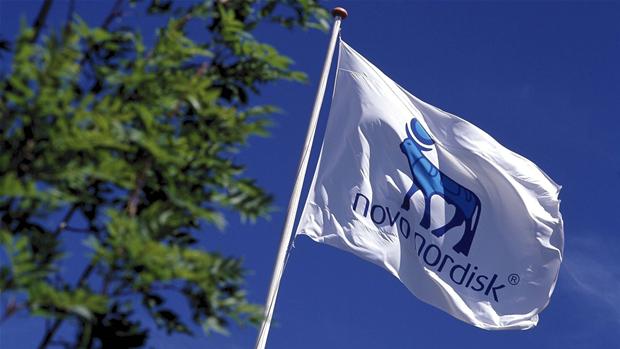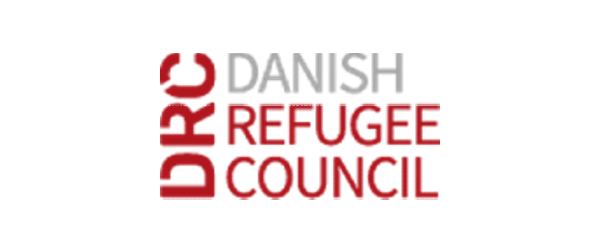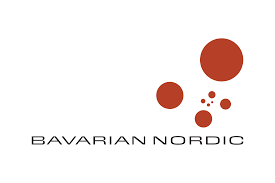Malmo festival will be introducing for the first time a ‘Cosplay Championship’ and encourage local talent to participate. Cosplay (a combination of the words “costume” and “play”) means creating costumes, dress out and portraying a fictional character.
Cosplay has now become a serious art form and sport, where it is possible to compete on local, national and international level. Hundreds of Sweden’s best costume creator would be contributing their part in the Cosplay Championship.
Malmö Festival can be enjoyed in several price categories; in order to make the event accessible for all ages and background.
The most important thing is that, it’s fun experience for all the participants, organizers and the audience.
When: 17th August 19:00 (collection last 17.00) at the Fountain (Raoul Wallenberg Park, Malmo).
The competition takes place in cooperation with the Swedish Cosplayföreningen and NärCon.
For more info and registration can be found here:https://docs.google.com/
The fb event: https://www.facebook.com/events/1020382804710805/

